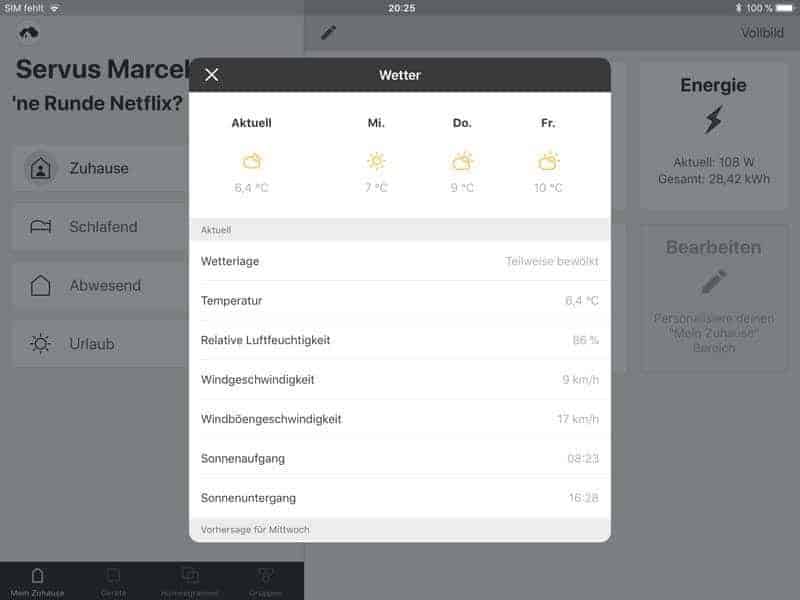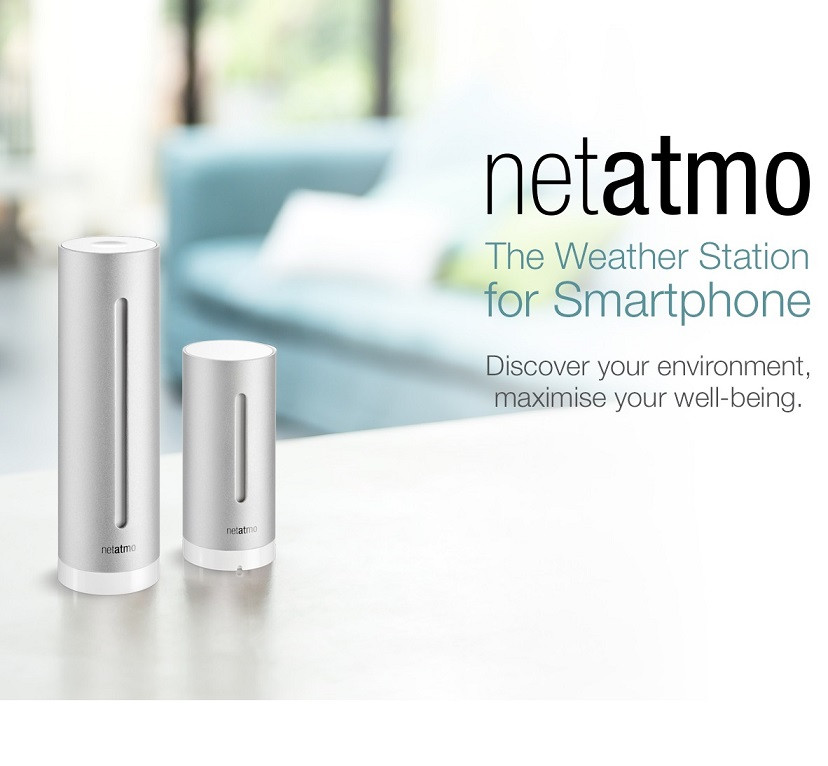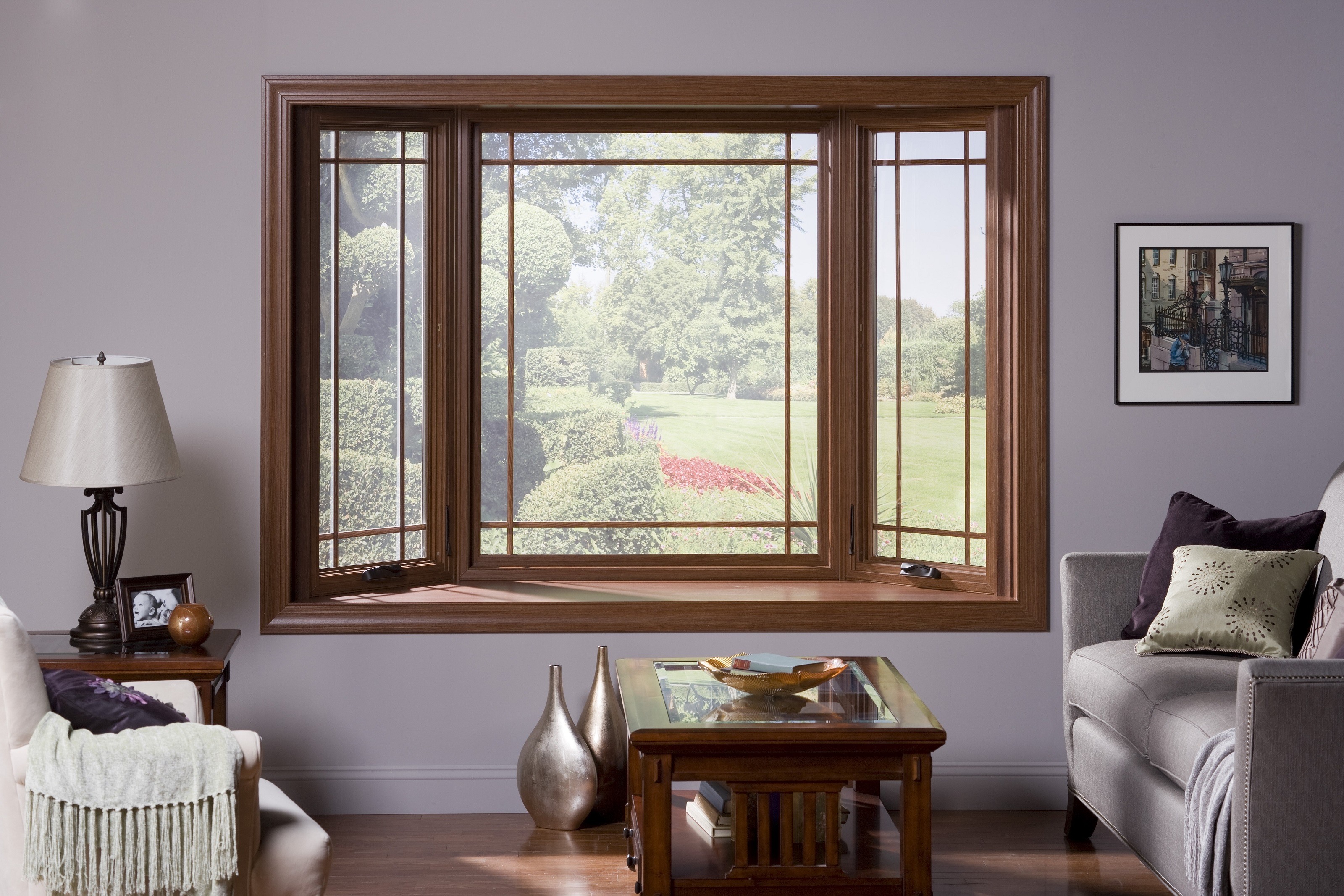Table of Content
Most wireless weather stations have a transmission distance of 330 feet between the console and the sensors. If the high-end Davis Instruments Vantage Pro2 is a bit too rich for your blood, stepping down to the Vantage Vue model is a smart move. You’ll still get the accuracy Davis is known for, but in an integrated package that is much easier to set up due to its all-in-one sensor suite. That said, the desktop console still feels dated, and the all-in-one sensor suite means you won’t be able to place some sensors in an optimal position for the most accurate readings.

Weather stations that include individual instruments that you can place separately from each other provide more accurate results, but they’re also more challenging to install. If you want the most accurate readings possible, you can mount the wind sensor up high where it needs to be. You could then add an additional thermo-hygrometer sensor closer to the ground—or even multiple thermo-hygrometers in different places around your yard. The best thing about the Ambient Weather WS-2902C is that you can add more sensors later on if you feel the need. It has all the basic bases covered right out of the box, but you can add up to eight additional thermo-hygrometer sensors , soil moisture sensors, and even air quality sensors.
Q. Are weather stations accurate?
We tried every function each weather station offered and awarded points based on performance, durability, and accuracy. To qualify the data, we compared it to a nearby official weather station as well as to our own Davis Instruments Vantage Pro2 Weather Station. While the other WiFi-capable weather stations we tested use a weather vane or an anemometer, the Tempest’s advanced design incorporates those features right into its cutting-edge cylindrical array. It has no moving parts whatsoever, so at first we thought it wouldn’t be capable of accurately measuring rainfall. At just over 120 feet, the console stopped receiving a signal—hardly the 330 feet advertised but still a decent range. Weather station manufacturers typically denote their product’s sensor range from the array to the receiving unit without making allowances for objects between the two points, such as walls or trees.

We noted the overall quality of the materials and tested the transmission distance. Most weather stations did not meet the manufacturer’s advertised distance, but one exceeded it. Still, we found the range to be adequate for all models in this lineup.
AcuRite 01007M Atlas Weather Station
For models that record wind direction, we mounted the units outdoors and oriented them to true north using a survey compass. Some users may try using a compass app on a smartphone, but we didn’t have much success with that. The Vantage Pro2 has a truly impressive transmission range, advertised as being up to 1,000 feet. Ours is located just over 550 feet away and we receive a strong signal. This weather station is among the top choices for serious enthusiasts. It allows users to publish their data online for friends and neighbors to see, and it stores historical weather data.
You're paying for quality, but less serious hobbyists may do better with less expensive hardware. In a nutshell, it's a basic device but has just enough data so you can easily plan your day around the weather. We're bombarded with the weather on almost every screen we look at, from smartwatches and phones to computers . But if you want a truly personal look at the weather and a heads up when things are about to go south, a home weather station could be the answer.
Internet Connectivity and Smart Home Features
This battery-operated home weather station claims a Bluetooth transmission range of 330 feet. The sensor should be placed in a sheltered, well-ventilated area, away from direct sunlight. The display can be hung or stand on its own, via the kick-out bar in the back. Basically, it should suit folks looking to monitor temperature and humidity levels in their yard.
The catch is that the fairly basic display isn’t capable of showing data from these sensors, but you can connect the unit to Wi-Fi and check that additional data on the Ambient Weather website. The Observer connects to your home Wi-Fi network too, so it operates wirelessly. The product draws power from a solar panel during the day and a trio of disposable AA batteries at night.
The Best Smart Weather Station Reviews & Buyers Guide of December 2022
That said, functionality is limited, and without any expandability, you may find yourself purchasing a full weather station in the future. We’ve tested the AcuRite 5-in-1 sensor unit and found its accuracy to be acceptable as long as the station wasn’t in direct sun. Direct sunlight caused temperatures to read higher and humidity lower than it was supposed to. The best-in-class color LCD console first introduced with the WS-2000 is also the WS-5000’s console, but with the new sensor suite, the station can send data to the console in just 4.9 seconds.
Ask Google Home to talk to Barbecue Forecast to find out if the weather will be right for outdoor grilling. We are here to assist people in setting up their smart homes with our daily informative blogs. But if you don’t need any pro data and looking for an all-rounder option, I recommend picking Ambient WS-2902C. It is an all-rounder option that will fit everyone’s needs. Information is available nearly instantly in the app and via the web-based portal, with no validation required. It also captures and stores historical information, which aids in the evaluation and discussion of previous readings. There are many factors I have to test out before finalizing the list.
The Netatmo Weather Station is equal parts smart home device and weather station. It’s built from the ground up to integrate with your smart home, with excellent support for Alexa, HomeKit, and IFTTT. It doesn’t include a rain or wind sensor out of the box, but you can add those later if you feel the need. That makes it a good entry point if you’ve never had a home weather station before, as you can decide later if you want or need those additional sensors. We understand that you’re not made of money, and in the end, the price is still going to play a role in your purchasing decision.

Get super localized forecasts based on your personal weather station data. The outdoor module runs off of two AAA batteries which Netatmo says supplies enough power for two years. To complete the weather station, Netatmo also sells additional modules. The Atlas weather station’s expandability and the HD touchscreen display console are also noteworthy features. A feature that no other weather station in this price range offers right now. If you previously owned an older AcuRite 5-in-1 model, you will appreciate the upgraded sensors of the Atlas which provide far more accurate readings.
You don’t have the option to install your wind, rain, and temperature sensors in different locations, but the tradeoff is that beginners can get up and running with this station without any trouble. It includes hardware for pole-mounting and for mounting on a post or fence. Home weather stations can help you plan and manage your garden with detailed localized information about rainfall and even warn you when the UV levels are too high for your favorite outdoor activities. “Virtually all homeowners gain a benefit from a home weather station, just for day-to-day planning,” says David St. John, the CTO of WeatherFlow. In « Works with Google » screen, there is the list of all apps that are connected to Google. But it displays only « 3 devices » while there are in reality 4 devices connected..

Home weather station arrays that detect wind and rain should be located where they have unencumbered access to wind and rain, such as in an open area at least 25 feet from structures and trees. The array should be securely mounted to a pole, roof, fence post or other immovable item. To connect an online weather service, the user must have a wireless home network; once connected, data from the user’s weather station can be uploaded and viewed online. A home weather station keeps folks informed about temperature, precipitation, and other aspects of local conditions, but not every model will have the features you need. We put a host of different types to the test to help you choose the best unit. To gain a deeper understanding of the most important home weather station sensors and features, Laukkonen contacted David St. John, the CTO of WeatherFlow.
Frankfurt, Hesse, Germany Weather Historystar_ratehome
Some weather stations include smart features and connectivity, like the ability to send your weather data to the internet and access it via an app or integration with your smart home. Others use machine learning and other advanced technologies to provide extremely accurate and localized weather forecasts. None of these features are absolutely necessary, but they can make your weather station much more useful. To see localized weather data and forecasts, only a personal weather station fits the bill. For example, all three of the stations above will link to Weather Underground's network of personal weather stations.
The wireless outdoor sensor transmits updated readings every 16 seconds to the LCD color display console, and it has a 330ft wireless range. The best feature of the WS-2902C is the built-in WiFi connectivity, which enables a straightforward setup with Weather Underground and the Ambient Weather Network. Through either of these networks, you will be able to remotely view real-time and historical conditions from your phone, tablet, or computer. The types, accuracy, and update frequency are the three things to look for in sensors. The most essential basic sensors are wind, rain, temperature, and barometric pressure, and UV, solar radiation, and lightning also quite useful. More accurate sensors are better, and sensors that transmit more often are better.

No comments:
Post a Comment